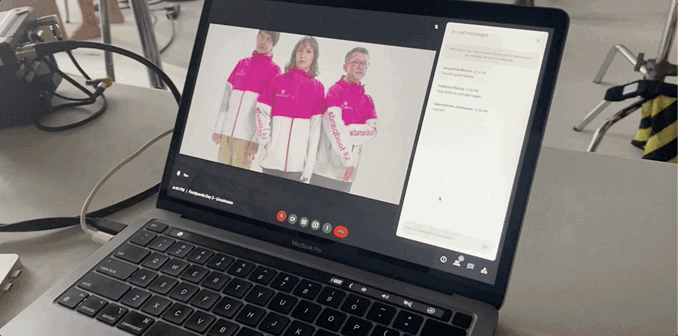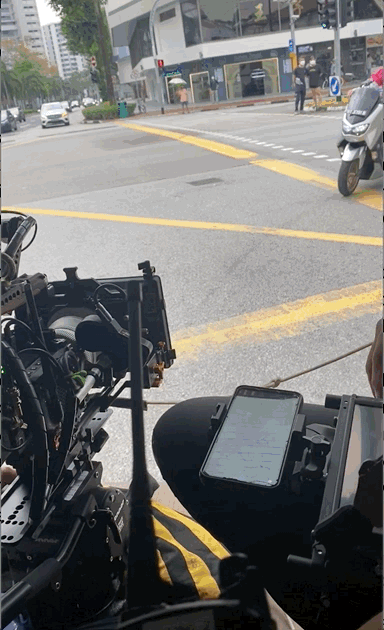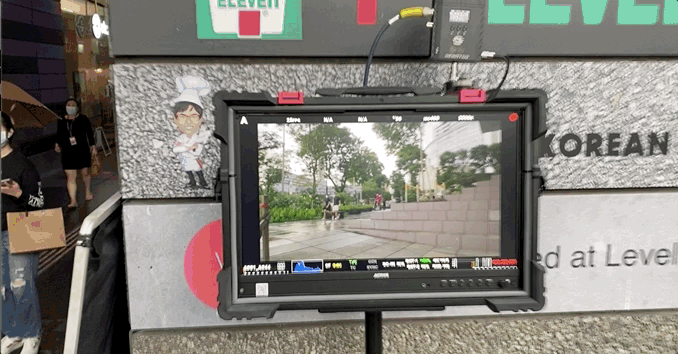
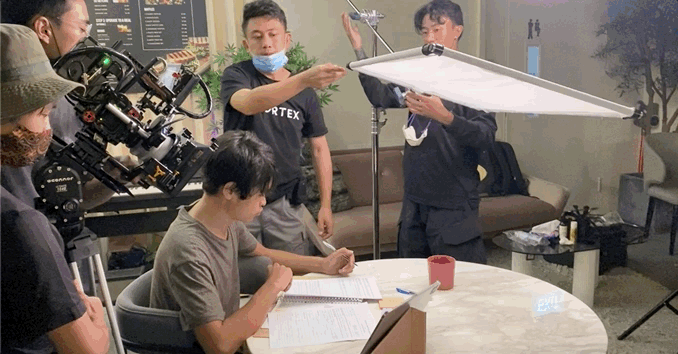
Our brief from Foodpanda was to create a brand video and a set of images (or key visuals). The catch? The shoot was to be conducted locally (in Singapore) and the client team would be based in Bangkok. But we needed to show them all camera outputs - both from our Red Komodo as well as the CaptureOne photography session. Remote video filming challenge accepted.
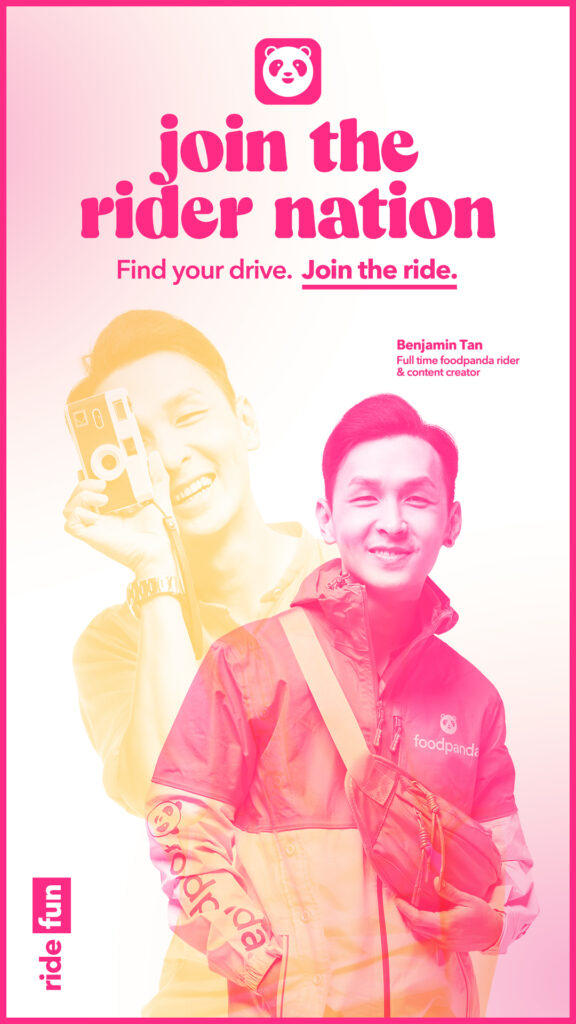
Here are the 5 things we did that made it a smooth shoot:
- Hardware - the list was pretty simple:-
- A capture card device. We used the Blackmagic Design - Ultrastudio Recorder. This carried the signal from the camera’s SDI output to the laptop.
- A laptop running a Google Meet session. Google is free for what seems like an unlimited duration!
- A power supply for the laptop. We used a portable battery system - it was bulky, but it lasted us the whole day.
- An internet dongle. The Google “meeting” lasted all day so we probably used a fair bit of data.
- Software - Running OBS is very useful. It might look complicated but it's pretty easy to figure out with so many uses in production alone. It's also a great way to overcome the frame drop that comes from sharing a screen during a zoom/google meet. This way, your client sees the video in a smooth and non-laggy way.
- Process - We set up a google web meeting and had one dedicated person (a 2nd CA) managing the call - which included the connections from the camera, internet dongle, etc. The client had their project managers, art directors, marketing officers etc on the call. This was key to having a successful remote video filming session. We had our key team members join the call (with their mics muted) via their phones. We used regular earphones (without noise canceling) to listen in for client comments on the fly via the Google Meeting. This allowed us to carry out the shoot as if the client was present on set. We could call playbacks on monitors as we normally would and feedback was received pretty easily. One of our scenes involved the camera crew and director in a chase van filming a car. Our system worked exceptionally well considering the van was moving through the city and we were “broadcasting” our camera output to Thailand.
- Maximizing the system - During the photography portion, we put the system to the test. We decided that the client should both see the live view from the camera as well as the finished photos as a gallery- and we wanted to use one laptop for it all. By tethered-shooting (using CaptureOne) we pushed one “live” view of the scene via an iPad connected using Airplay/screen mirroring. We were able to see the talent in real-time together with the client. On the google call, we shared our laptop screen (showing the output folder). The MacBook Pro M1 took all of this pretty well. A PC could do something similar just with a wired second monitor. This setup was clearly not just for remote video filming!
